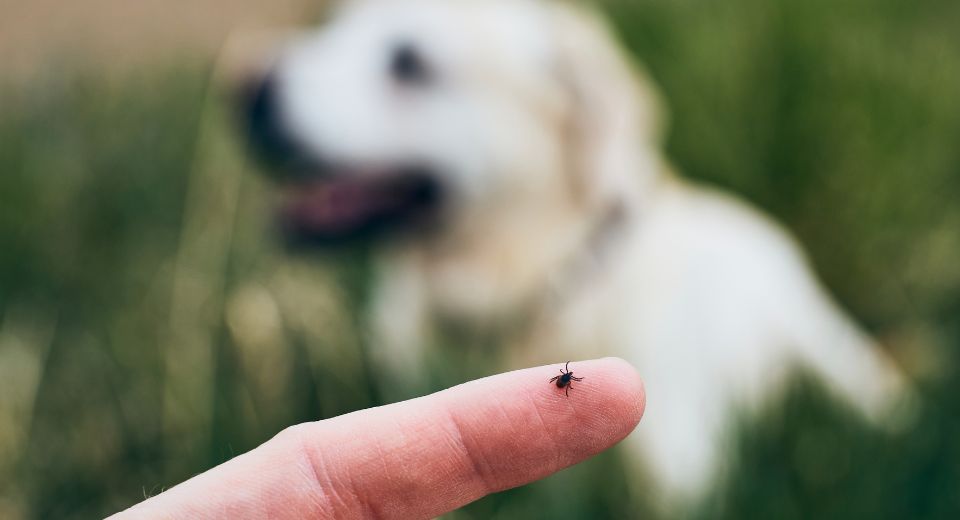
Author: Kristin Torres, LVN, Manager
Tick bites are often harmless and cause only minor signs and symptoms. However, tick bites can cause allergic reactions and some can transmit bacteria that cause illnesses, including Lyme disease and Rocky Mountain spotted fever. These diseases can be dangerous or even life-threatening when not treated properly.
Ticks are common in the United States. They live outdoors is:
- Grass
- Trees
- Shrubs
- Leaf Piles
They’re attracted to people and animals, and can move between the two. They can range in color from shades of brown to reddish-brown and black. According to the CDC, once a tick gets on you, it’s likely to migrate to the following areas:
- Armpits
- Groin
- Belly button
- Waist
- Inside or around your ears
- Back of your knees
- Hair
When a tick reaches a desirable spot, it bites into your skin and begins drawing blood. Unlike most other bugs that bite, ticks typically remain attached to your body for sometimes for a week or more. You most likely won’t feel the tick bite you as it’s occurring, but you’ll likely know because you’ll find a tick on your skin.
Ticks won’t bite in a cluster or a line, it will be in one singular spot. Some cause a red or discolored bump, similar to a mosquito bite. A Lyme disease bullseye rash can appear anywhere from 3 to 30 days after you’ve been bitten. You may also see more than one rash. The rash may get larger over the course of several days, reaching 12 inches in width.
Ticks can pass potentially severe diseases to humans and/or animals, though for the most part are harmless and may produce no symptoms. Potential symptoms of tick-borne diseases include:
- Red or discolored spot or rash near the bite site
- Headache, nausea
- Chills, fever, weakness, swollen lymph nodes
- Muscle pain, aching, neck stiffness
To care for a tick bite:
- Remove the tick promptly and carefully: Use tweezers to grasp the tick as close to the skin as possible. Gently pull the tick using a slow and steady upward motion and avoid twisting or squeezing the tick. Do not handle the tick with bare hands. Do not use a match, petroleum jelly, or fingernail polish to remove a tick.
- Secure the tick and take a picture: A picture of the tick can help you and your medical provider identify what type it is and whether you are at risk of a transmitted disease.
- Wash your hands and the bite site: Use warm water and soap, rubbing alcohol, or an iodine scrub.
Be sure to seek medical attention as soon as possible after a tick bite. Your medical provider can explain your risks, what complications to look for, and when to follow up. Your provider will also complete a thorough exam and testing to determine whether your symptoms are the result of a tick-borne disease.
The information provided is for general interest only and should not be misconstrued as a diagnosis, prognosis, or treatment recommendation. This information does not in any way constitute the practice of medicine, or any other health care profession. Readers are directed to consult their health care provider regarding their specific health situation. Marque Medical is not liable for any action taken by a reader based upon this information.


